On "The Gary Null Show" today, Gary discussed these great topics as well as update everyone on his new support group. Listen here and click…

Bee
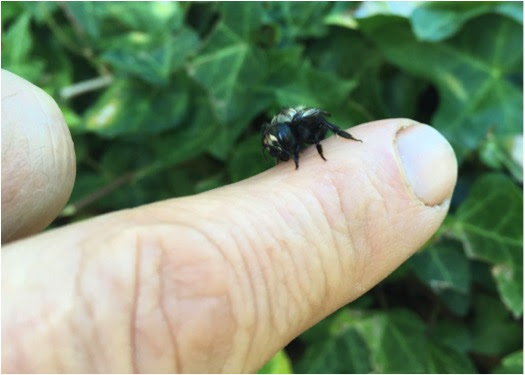
The following is an excerpt from the new bookMason Bee Revolution: How the Hardest Working Bee Can Save the World One Backyard at a Time [4] by…
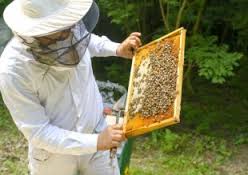
[Editor’s note: Evidence has been mounting that the U.S. Department of Agriculture has been silencing its own bee scientists who have raised the alarm about…
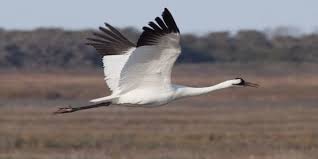
The U.S. Environmental Protection Agency (EPA) has released its first-ever analysis on the effects of three common pesticides—chlorpyrifos, diazinon and malathion—on endangered and threatened species and designated critical habitat nationwide. The resounding conclusion?…

In the time after, the buffalo come home. At first only a few, shaking snow off their shoulders as they pass from mountain to plain.…

Many, if not most, of our regulatory agencies have a long history of protecting industry interests over public and environmental health. Most recently, the U.S.…
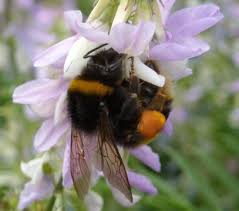
Low levels of pesticides can impact the foraging behaviour of bumblebees on wildflowers, changing their floral preferences and hindering their ability to learn the skills…
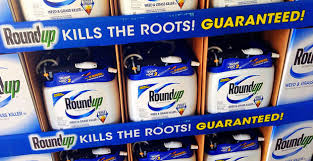
* A USDA hotline is blowing up with complaints from government scientists about censorship of science, begging the question: Who does the USDA work for?…

Life without bees isn’t life at all. Seriously, have you considered just how empty supermarkets would be if the tiny, bumbling insects went extinct? Since the 1980s, bee populations have diminished…

Bees and other pollinators are in trouble — so much so that many of them are facing extinction, according to a new report. The report, released…
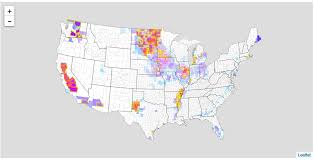
A national study suggests that intensive farming is perhaps the greatest danger to wild bee survival. Led by University of Vermont scientist Dr. Insu Koh,…
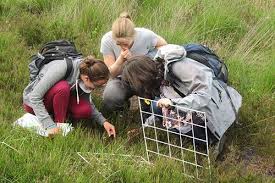
The first Britain-wide assessment of the value of wild flowers as food for pollinators shows that decreasing resources mirror the decline of pollinating insects. The…
